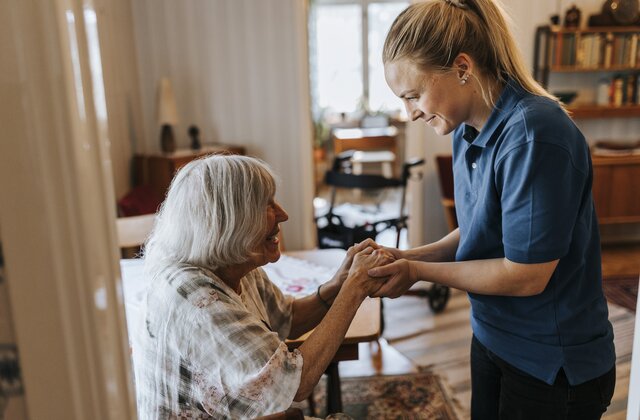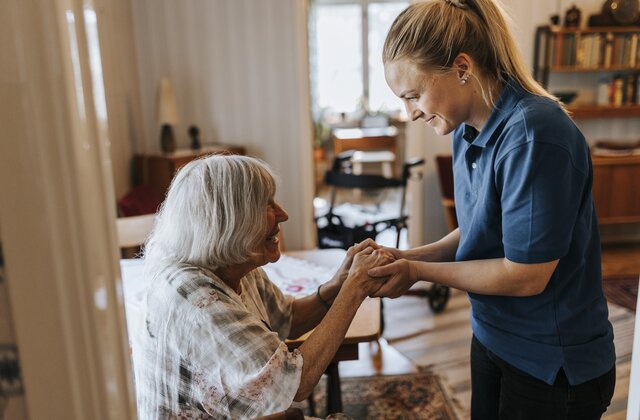The year 2025 heralds a promising era in the domain of fall prevention. As we dive into new fall prevention studies 2025, we find groundbreaking research and technological advancements that promise to enhance safety, particularly for the elderly. For family caregivers, this is a beacon of hope as they strive to ensure the well-being of their loved ones. Understanding these studies and their implications can be a game-changer in reducing the number of falls and their associated consequences.
With the increasing attention on senior safety, numerous studies have emerged focusing on innovative strategies and technologies. These studies not only aim to reduce the incidence of falls but also emphasize enhancing the quality of life for older adults. As we explore these advancements, its essential to recognize the pivotal role that caregivers play in implementing these prevention strategies.

The Importance of Fall Prevention
Fall prevention is a critical aspect of elderly care. According to the World Health Organization, falls are a leading cause of injury among older adults. They can lead to severe injuries, loss of independence, and even increased mortality. Therefore, it’s crucial to address this issue with effective measures. In 2025, new studies have provided fresh insights into how we can better protect our seniors.
Key Findings from Recent Studies
Technological Advancements
One of the most exciting areas of research is the integration of technology in fall prevention. Innovations such as smart sensors and monitoring devices are becoming increasingly popular. These technologies not only help in detecting falls but also in preventing them. [Learn more about IoT sensors](https://motions.living/iot-sensors-for-daily-life-how-smart-technology-is-transforming-everyday-living/) that are transforming everyday living.
Behavioral and Environmental Changes
Studies have also highlighted the importance of making changes in behavior and environment. Simple adjustments, such as improving home lighting and removing tripping hazards, can significantly reduce fall risks. Additionally, encouraging regular exercise and balance training can improve strength and stability.
Innovative Approaches in 2025
AI and Machine Learning
Artificial intelligence (AI) and machine learning are playing a significant role in predicting and preventing falls. By analyzing patterns and data, these technologies can identify individuals at higher risk and suggest personalized interventions. This proactive approach is revolutionizing how we tackle fall prevention.
Community-Based Programs
Community programs focused on educating seniors and caregivers about fall risks and prevention strategies have shown promising results. These programs foster a supportive environment where older adults can learn and practice safe habits.
The Role of Family Caregivers
Family caregivers are at the forefront of implementing fall prevention strategies. Their role is crucial in ensuring that the elderly live in a safe environment. By staying informed about the latest studies and technologies, caregivers can make informed decisions that enhance the safety and well-being of their loved ones. [Explore more on technology transforming independent living](https://motions.living/smart-elderly-care-solutions-how-technology-is-transforming-independent-living/).
Challenges in Fall Prevention
Despite the advancements, there are still challenges to overcome. These include the accessibility and affordability of new technologies, as well as resistance to change among some older adults. Addressing these challenges requires a collaborative effort from researchers, healthcare providers, and caregivers.
Future Directions
The future of fall prevention looks promising, with ongoing research and developments. As we move forward, it is essential to continue supporting innovation and ensuring that these advancements are accessible to all who need them.
Conclusion
The new fall prevention studies 2025 offer a wealth of knowledge and tools that can significantly reduce the risk of falls among older adults. By embracing these innovations and working together, we can create a safer environment for our seniors and provide peace of mind for family caregivers.

FAQs
What are the latest technologies in fall prevention?
Recent studies have introduced technologies like AI, smart sensors, and monitoring devices that help in predicting and preventing falls.
How can family caregivers implement these new strategies?
Caregivers can stay informed about the latest studies and integrate simple preventive measures at home, such as removing tripping hazards and encouraging regular exercise.
What are the main challenges in fall prevention?
Challenges include the cost and accessibility of new technologies, as well as adapting older adults to these innovations.
For more insights, visit [Mayo Clinic on fall prevention](https://www.mayoclinic.org/healthy-lifestyle/healthy-aging/in-depth/fall-prevention/art-20047358) (external link).
This article contains affiliate links. We may earn a commission at no extra cost to you.






